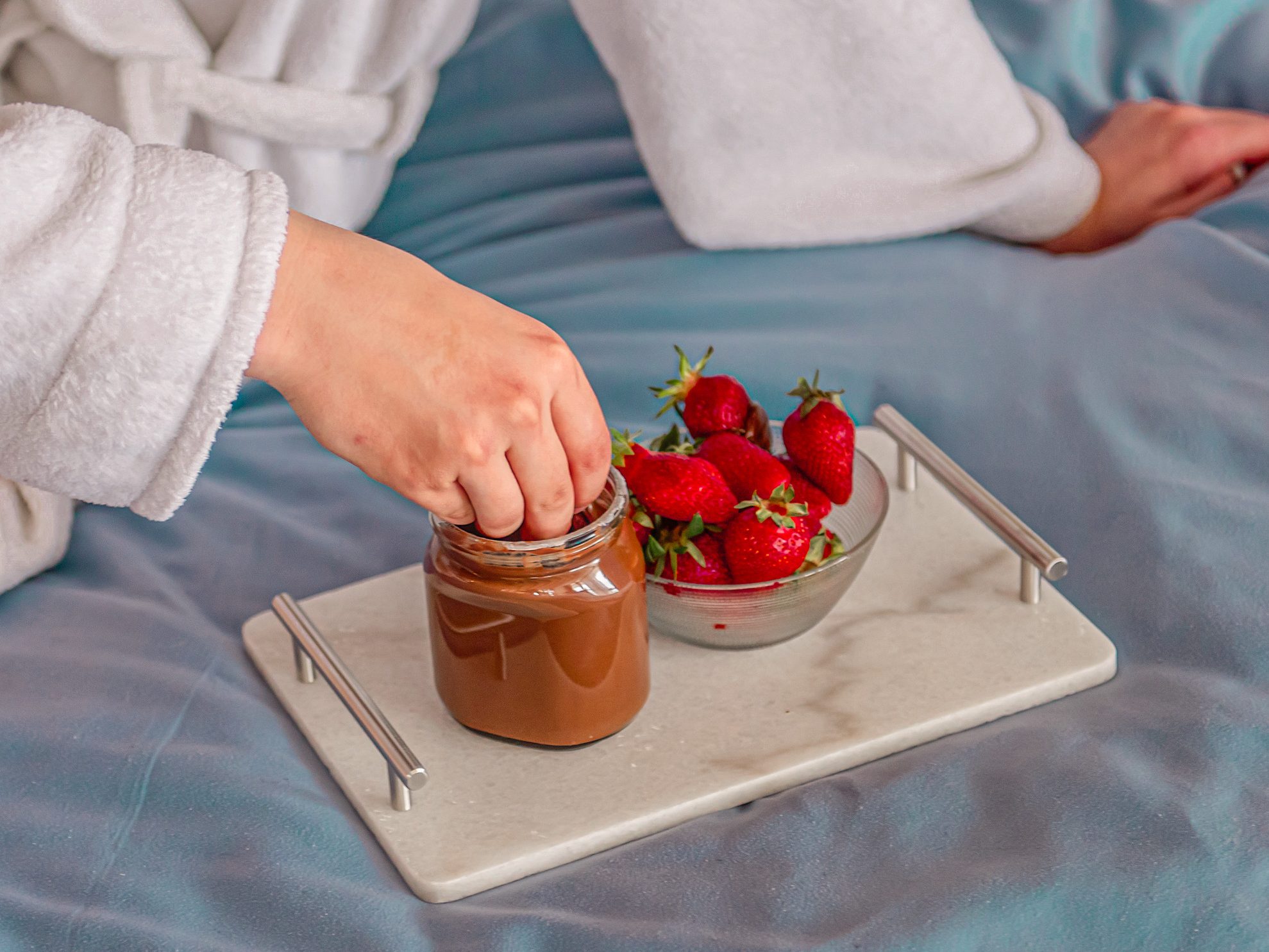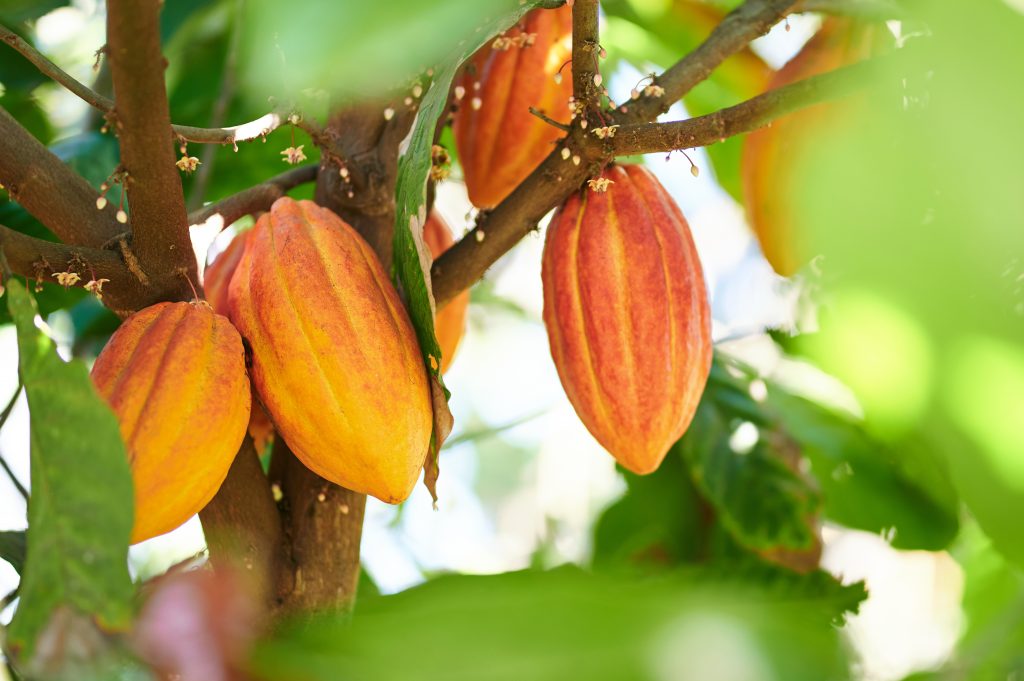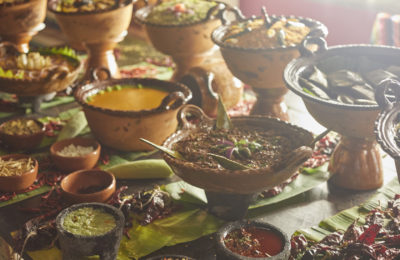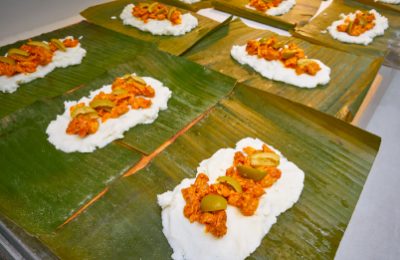During this week a handful of foodies may have rejoiced as the International Chocolate Day was celebrated, thus giving in to a craving for the sweet and creamy texture. This goodie, obtained from roasting and grounding cacao pods, is a fan favorite across the world and today we’re going to share a few interesting facts about it. Just in case you need more reasons to have a bite.

But first, you may be wondering… Why this week? The United States National Confectioners Association lists September 13 as International Chocolate Day, coinciding with the birth date of Milton S. Hershey, an American chocolatier, businessman, and philanthropist. Of course, other countries may have different dates to celebrate the goodie. For example, Ghana, the second top producer on the planet, marks February 14 as the Chocolate Day. There is also the World Chocolate Day, observed annually on July 7, celebrating the introduction of chocolate to Europe.
The world’s chocolate production is made from the fruit of the Theobroma Cacao, a tree native to the equatorial regions such as the Amazon and Orinoco River basins and that thrives in humid regions. As the chocolate grew popular the tree was planted in other areas of the world.
Ancient civilizations of Mexico, such as the Mayans and Aztecs, considered cocoa to be essential for the physical vigor and longevity and some even traded it for gold. Conquistadores such as Hernán Cortés saw profit from this exchange and soon began the exploit of the trees, exports to Europe, and expansion of the plantations across the Caribbean.
During the 16th century chocolate beverage was a privilege for the royalty and nobles of Spain. By the 17th century it had become popular throughout the country. During the 18th century chocolate houses were amongst the favorite hangout spots for the nobles.
Did you know? Back in 2014, the World Cocoa Foundation estimated that over 3 million tons of chocolates are consumed each year and, in 2019, somewhere around 50 million individuals depend on cocoa production and the cocoa industry as a source of livelihood.
Over 70% of the cocoa production comes from Africa, the Ivory Coast being the world’s largest producer. On the other side of the Atlantic the Dominican Republic is the top producer in the Caribbean and Mexico in North America. As a side note, Jamaica is also known for its production of chocolate, so be sure to try the local goods during your vacation at the Bahia Principe Jamaica resort.

The size of the cacao tree fruit can be as big as a papaya!
All types of chocolates, dark, milky, bittersweet, white, and cocoa powder, come from the chocolate liquor paste, which is created from the cacao nibs found inside the cocoa bean. Under the right circumstances, this paste can be divided into cocoa butter and cocoa powder. Different mixes and matches of these two with other ingredients such as milk, soy lecithin or sugar will in turn into the chocolate we can find in stores. When combining chocolate liquor with emulsifiers it will produce dark chocolate, the second most popular type.
As a side note, this chocolate liquor has no alcohol in it but there are indeed spirits that include chocolate in their blend, such as the Belgian Godiva Dark Chocolate Liqueur.
Visit our Travel Talk section to read more fun travel articles or go over the Concierge Recommends articles to learn more about the attractions outside the resort. The Monthly Flavor section will provide you with yummy recipes so that you can recreate your favorite dishes from the Caribbean. Be sure to tag your vacation posts on social media with #VacationAsYouAre, and don’t forget to follow us on Instagram and Facebook.








